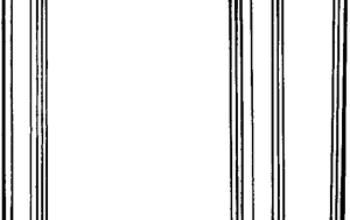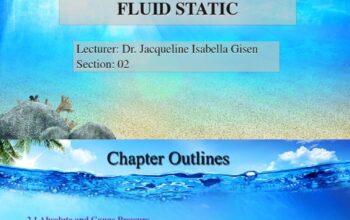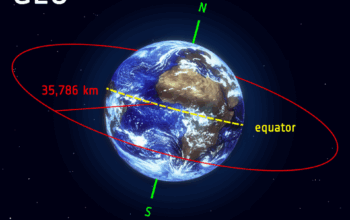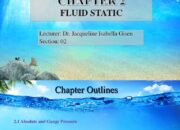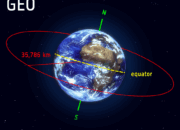The advent of new experimental methodologies in physics has ushered in a burgeoning interest in the behaviors of electrical impulses, particularly regarding claims of surpassing the ultimate speed barrier—light speed. Underpinned by Einstein’s theory of relativity, the cosmic speed limit established at approximately 299,792 kilometers per second (or about 186,282 miles per second) has been a cornerstone of modern physics. However, recent developments have sparked dialogue within the scientific community about the possibility that electrical pulses might confound conventional perceptions of this limit, thereby heralding a new frontier in theoretical and experimental physics.
The conception of exceeding light speed, known colloquially as “superluminal” motion, was long deemed an anomaly, verging on the edge of pseudo-science. Relativity posits that as entities approach the speed of light, their mass effectively becomes infinite, necessitating infinite energy for further acceleration. Yet, with technological advancements enabling the manipulation of electrical signals over various mediums, investigators have observed phenomena in which information transfer occurs at speeds appearing to exceed this cosmic threshold.
At the core of this discussion lies the nature of electrical impulses themselves. Electrical impulses are fundamentally governed by the principles of electromagnetism, an interaction mediated by the exchange of photons. When examining systems like superconductors or certain types of waveguides, researchers have documented instances of significant phase velocities for waveforms, suggesting that the propagation of a signal can lead to electrical pulses achieving speeds tangentially approaching and, in some experimental setups, appearing to exceed light speed.
One such noteworthy endeavor is the exploration of group velocity versus phase velocity in electrical transmission media. In certain conditions, researchers have reported superluminal phase velocities, where the phase of the electromagnetic wave appears to move faster than light, without transferring any actual matter or energy. It is critical to differentiate this from the transmission of information. Even if the phase velocity of an electrical impulse exceeds that of light, the causality principles of relativity remain intact, as the information portion of the signal does not transcend this threshold.
Moreover, consider the emerging concept of “quantum tunneling,” where particles traverse energy barriers instantaneously under specific quantum conditions. This phenomenon invokes curiosity regarding the potential for particle states to exhibit similar superluminal characteristics when subjected to intricate manipulations of electrical fields. The synergy between electrical impulses and quantum mechanics invites interdisciplinary discussions regarding the implications of tunneling as a mechanism through which superluminal observations may arise.
Furthermore, experimental apparatuses developed to probe the limits of electrical conductivity have demonstrated remarkable attributes that warrant exploration. For example, an innovative technique employing ultrafast laser pulses can manipulate electron behavior through optical excitation, fostering a transient regime where traditional velocity calculations become nebulous. In these high-energy environments, the reconfiguration of electronic states can yield phenomena that superficially resemble superluminal electron motion, challenging traditional paradigms of electronic conduction.
Nevertheless, striking a cogent discourse on the implications of superluminal electrical pulses necessitates a thorough examination of causality and the integrity of temporal states. Should it be established that such efficient transmission mechanisms exist, the ramifications for physics are substantial. It catalyzes inquiries into potential applications in data transmission, leveraging the principles of electrical efficiency to obliterate latency issues plaguing contemporary technologies, such as telecommunications and quantum computing.
Nevertheless, one must tread judiciously within this fertile intellectual landscape, cognizant of the pitfalls of misinterpretation and the sensationalism that may accompany observations of superluminality. The intricate nature of these phenomena demands rigorous scrutiny and replication across diverse experimental paradigms before firm conclusions can be drawn. It is imperative to demarcate between empirical data and speculative conjecture as the scientific community navigates this tumultuous yet intriguing inquiry.
In conclusion, the prospect of electrical pulses breaching the conventional bounds of light speed beckons both exhilaration and caution as physicists grapple with the veracity and implications of these findings. While the implications challenge established physical doctrines, the potential for new technological applications cannot be understated. Intensive discourse and ongoing research will be paramount to ascertain whether this phenomenon represents a genuine paradigm shift in our understanding of physics or remains an ephemeral curiosity within the expansive realm of scientific inquiry.
Ultimately, the exploration of superluminal electrical pulses compels a reevaluation of contemporary physics and stimulates imaginative hypotheses that may lay the groundwork for future advancements. As scholars continue to delineate the boundaries between theoretical constructs and experimental evidence, the dialogue surrounding these revelations will likely burgeon in significance, potentially reshaping our comprehension of the universe’s fundamental laws.


